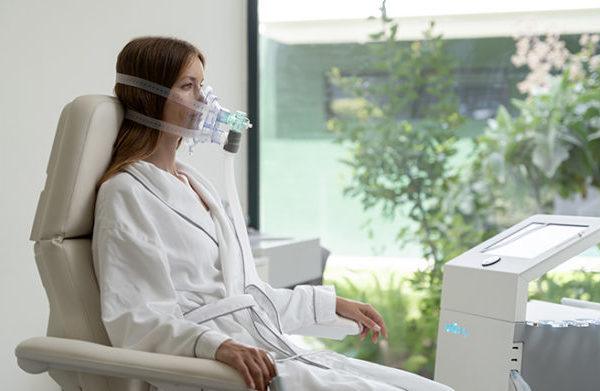
SHA Magazine Health & Beauty
Quitting smoking: how to do it with the SHA method
Quitting smoking goes far beyond appealing to willpower. Aware of the difficulty it entails on many levels, the SHA method relies on an anti-smoking programme that also acts on a cognitive and behavioural level. The benefits will result in an extraordinary impact on quality of life and life expectancy.
“The anti-smoking therapy used by SHA is cognitive-behavioural therapy, combined with relaxation techniques such as mindfulness”, explains Dr. Laura Enciso, a psychologist at SHA Wellness Clinic.
This treatment consists of developing strategies aimed at increasing the person’s control over themselves. The aim is to focus on current problems and establish realistic and agreed objectives with people who wish to stop the habit.
“Effectiveness depends on how mentally prepared the quitter is. When the mental preparation is complete, practically everyone manages to not smoke during the week of the programme”, assures Dr. Vicente Mera, head of the Internal Medicine unit at SHA Wellness Clinic.
A detailed process: from objectives to implementation
Indeed, anti-smoking treatment begins even before personal observation. It starts with each person’s will to change. But that is only the beginning.
The initial process continues with the following steps:
- Goal setting: reasons for quitting, needs, indicators, etc.
- Exploring the situation of the smoker: effects that addiction is generating in them, their family and their environment. Obstacles and limitations produced by their addiction.
- Options in the face of an obstacle: possibility of changing the situation, alternatives, improvements, benefits and advantages.
- Decision-making: how and when to take action.
“This is a flexible approach that can be adapted to the individual needs of each patient, taking their personal history into account. We provide a therapy that transforms habits and new behaviours”, explains Dr. Laura Enciso.
The importance of a personalised treatment
It is almost impossible to guarantee the effectiveness of anti-smoking therapy without a thorough personal examination of the individual. It is important to know the difficulties, motivations and possibilities of carrying out the task of breaking the habit.
Multiple causes must be considered: from background to lifestyle, from the family environment to physical and psychological conditions. Only by getting to know the person can we help them to stop the habit.
The basis of the SHA method for quitting smoking could be summarised in the following decalogue:
- Self-recognition of the problem.
- To promote awareness of the need to provide a comprehensive solution to the addiction and its physical side effects.
- To measure the intensity of the addiction.
- To assess the intensity of the physical damage to the person concerned and those around them (passive smoking).
- To help make the immediate and definitive decision to stop smoking.
- Acute progressive detoxification.
- Support for cessation by reducing anxiety.
- Use of integrative therapies ranging from acupuncture to pranayama, hypnosis, stress management and even pharmacotherapy with substitutes, aversive and neuromodulators (if necessary).
- Propose alternative behaviours and sustainable lifestyle changes.
- Proactive relapse prevention.
The need for follow-up to prevent relapses
Relapses are the main threat once the anti-smoking programme is completed. Therefore, it is essential to follow up with the person who has quit the habit and to incorporate new healthy habits into their daily life.
“Relapse prevention must focus on positive aspects and plan the training programme based on the specific skills of each patient, as well as anticipating high-risk situations that the patient may sense or imagine. The patient must be provided with strategies for coping with the highest risk situations”, says Dr. Laura Enciso.
This relapse prevention process could be approached in three different areas:
- Assessment of risk situations for consumption, both internal and external.
- Coping assessment in risk situations.
- Evaluation of self-efficacy expectations.
“After treatment, only one in 20 relapse in the first year. After the first year, relapse rates are negligible,” says Dr Vicente Mera.





